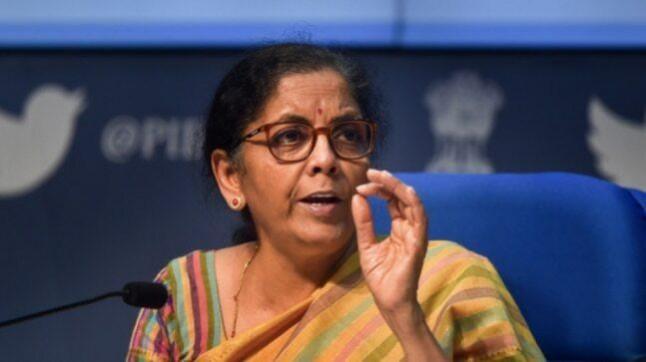The electricity distribution companies (DISCOMs) in all the eight Union Territories of the country will be privatized, Finance Minister Nirmala Sitharaman announced on Saturday, May 16. The latest move by the Centre is set to alter the present electricity tariff in Delhi, Jammu and Kashmir, Chandigarh, and all the other UTs.
As per the Finance Minister, the aim behind the privatization is to ensure a continuous supply of power, negate tariff gaps and improve the sub-optimal performance of the power distribution companies. She further informed that a new policy containing the details of the tariff reforms, consumer rights, promotion of industry, and sustainability of the power sector will be released soon.
![[Representational image] Electricity](https://data1.ibtimes.co.in/en/full/640521/electricity.jpg?h=450&l=50&t=40)
Power Ministry to conduct bidding for DISCOMs
As part of the process of the privatization of power distribution companies, the Union Ministry of Power will conduct bidding for DISCOMs in all the UTs.
While disclosing the latest tranche of measures pertaining to Prime Minister Narendra Modi's RS 20 lakh crore economic booster, the Finance Minister said, "There will be privatisation based on the tariff policy, which will soon be in place. Inefficiencies of power companies will no longer have to be borne by customers. There will also be penalties for things like load-shedding."
Privatization of Distribution in Union Territories. #AatmaNirbharEconomy pic.twitter.com/u7PxnHKrPV
— Piyush Goyal (@PiyushGoyal) May 16, 2020
"It will also rectify the sub-optimal output of power companies. Needless to say, that when efficiency will rise, quality of service will too," she added. The announcement by the FM comes two days after the Centre announced Rs 90,000 crore liquidity injection for DISCOMs with plummeting revenue and facing an unprecedented cash flow problem.

Revisions in tariff policy were proposed in 2018?
The changes notified by the Finance Minister in regards to the National Power Tariff Policy were apparently mentioned in a draft that was released two years back. Issued by the Union Power Ministry in 2018, the draft proposed a slew of similar amendments in the tariff policy to keep up with dynamic changes in the Power Sector.
As mentioned in the circular, the objective behind the alterations was to ensure the availability of electricity to consumers at reasonable rates and to also promote transparency in regulatory approaches. However, the draft was never finalized.
Announcements made by @nsitharaman regarding National Power Tariff Policy were part of 2018 draft - NOT yet finalised.https://t.co/QfMCmeLXca
— Shreya Jai (@shreya_jai) May 16, 2020














